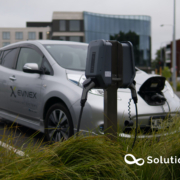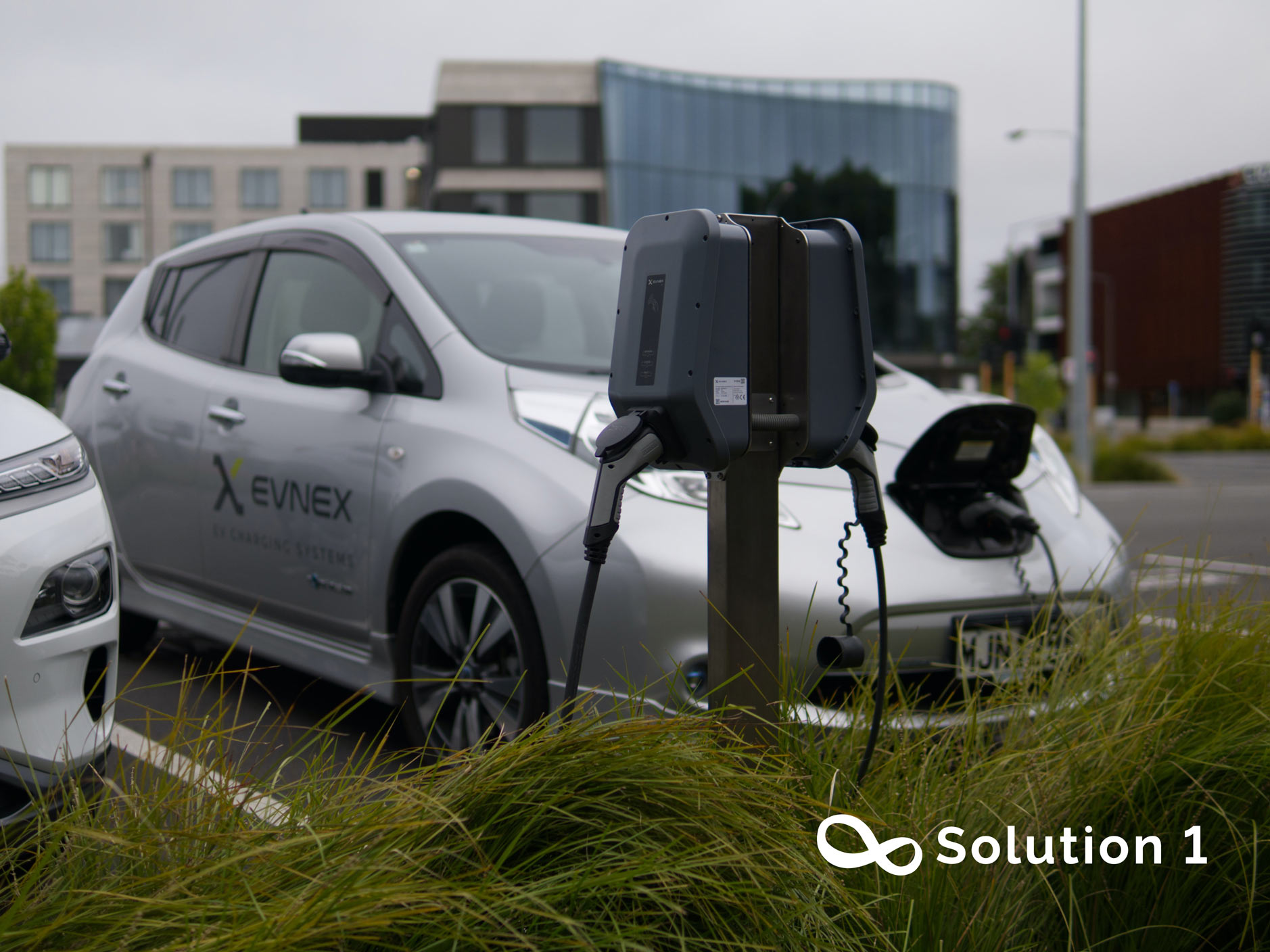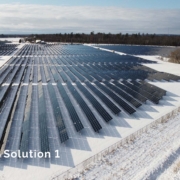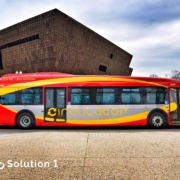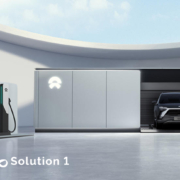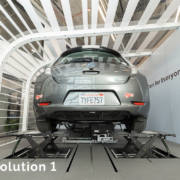The rise of electric vehicles: How they change the game and shape the future.
The sales of passenger electric vehicles have increased globally by more than 60% in 2022. This growth occurred in every major market, with some surprising results seen in traditionally small electric vehicle markets like India and Southeast Asia, where sales grew over 200%. Electric vehicle sales also increased against a backdrop of an essentially flat global auto market, where sales of new cars across all powertrains only increased 2% year-on-year while new cars with internal combustion engines continued to decline, except in Australia where they rose 1%. Only in Southeast Asia and India did both electric vehicle and ICE sales see year-over-year growth, but it’s uncertain how long it will take for the triple-digit electric vehicle growth rates to reverse sales trends for ICE cars. Overall, the upward trend in electric vehicle sales is clear and will likely continue as more countries embrace electrification as a way to combat climate change.
Electric vehicles are currently lagging behind solar, wind, hydro, and nuclear in the power sector. While over 40% of global electricity was zero-carbon last year, electric vehicles only made up 1.7% of passenger vehicle kilometers driven. However, with the continued decarbonization of the power sector, it is predicted that by 2050, more than 80% of global electricity will be zero-carbon, and electric vehicles will account for over three-quarters of all driving. As a result, electric vehicles are expected to catch up with renewable energy sources in terms of having a significant share of zero-emissions driving in the future. Electric mobility will be a key driver in the transition to a more sustainable transportation system, and the convergence of electric vehicles and zero-carbon electricity generation will be crucial in achieving a more sustainable future.
The number of electric vehicle options with at least 400 kilometers of range has grown exponentially in the past half-decade, from nine globally to over 200 last year. Interestingly, the majority of long-range electric vehicle trims are found in China, which had only six in 2018 compared to 141 today. In North America, there has been a significant increase in long-range trims from eight in 2018 to 56 currently available. Meanwhile, Europe started with the same number of long-range trims as China but now has 61. While these long-range electric vehicles come at a premium price, manufacturers are expected to introduce more affordable, lower-range EVs as their electric sales commitments become more pressing. Such as BMW and Mercedes-Benz’s battery electric vehicles cost 30% more than their internal combustion engine counterparts in Europe and the US. Therefore, the growth in long-range electric vehicles is a positive development for the industry, but more affordable options will be necessary to achieve widespread adoption.
The possibility of electric vehicles becoming mini power grids is becoming increasingly high. In the past, electric vehicles were considered simple transportation vehicles that provided commuting and travel services. Over the past decade, the development of the electric vehicle industry has become more flexible and is no longer limited to transportation vehicles. It has become a carrier of clean energy transportation. Such as the Nissan Leaf can provide the remaining power of the vehicle to the home for use. Bidirectional charging can effectively utilize energy, reduce peak power and reduce electricity costs in the long run. On the other hand, GOGORO uses its own batteries to set up a continuous power supply system with battery exchange traffic signals at 25 large intersections in Taipei. In the event of a power outage, the traffic signals can continue to operate for at least 3.5 hours.
The fleet of plugged-in electric vehicles, Vehicle-to-Grid is compatible and would be able to discharge as well as charge. Electric vehicles could then provide services to the grid in exchange for which electric vehicle drivers would be financially compensated. The services provided by this storage would enable the integration of higher shares of variable renewable energy power plants, the reduction in the need for expensive peaker plants, and lead to a lower total cost of electric vehicle ownership.

